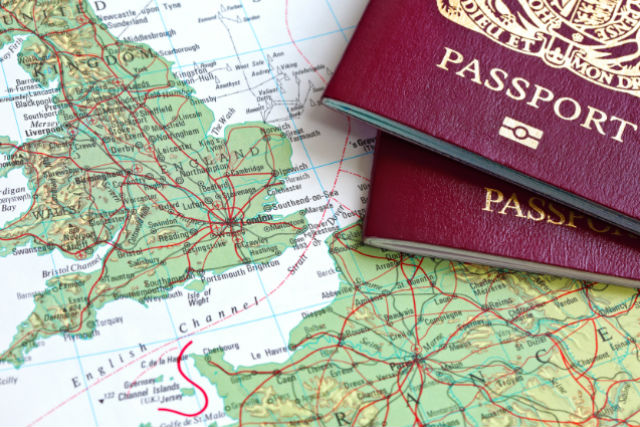The UK government on Monday launched a major information campaign urging UK nationals living in and travelling to the EU to take steps to get ready for Brexit at the end of next month.
The campaign aims to inform more than a million UK nationals living in the EU – including over 29,000 Brits in Italy – about specific actions they need to take to secure their rights and services in their host country, including information on residency, healthcare, driving licences and passports.
It will also encourage people travelling to the EU to make all necessary preparations by checking passports, buying travel insurance and checking driving licenses and pet passports.
Find The Local's full Brexit coverage HERE
The campaign will use multiple channels, from Facebook posts to billboard posters in towns and cities across Europe, urging people to take action ahead of the October 31st deadline.
It comes even though negotiations are continuing over Brexit and no deal has been reached yet.
Regardless of what happens, Prime Minister Boris Johnson has said the UK will leave the EU at the end of October.
This is what Brits have been urged to do in Italy:
- Register as a resident at your local anagrafe (registry office).
- Register for healthcare in Italy.
- Exchange your UK driving licence for an Italian one.
- Check your passport is valid for travel (if there's a no-deal Brexit, Brits must have at least six months left on an adult or child passport to travel to most countries in Europe).
There is also some other actions that Brits can take, such as getting qualifications recognized and applying for permanent residency or citizenship.
READ ALSO: The ultimate no-deal Brexit checklist for Brits in Italy

Photo: DepositPhotos
As The Local has reported, Italy has given assurances that the rights of British residents will be protected after Brexit, deal or no deal.
The previous Italian government issued a decree establishing a transition period until the end of 2020, during which time Brits can apply for new residency status: either a five-year permit for those who've lived in Italy for less than five years already, or a permanent residency permit for those who've been here five consecutive years or more.
Either permit will protect Brits' rights to work and access social benefits in Italy.
The precise procedures for requesting these permits have not yet been clarified. All British residents – unless they have dual Italian nationality – will have to register again as third-country (non-EU) nationals after Brexit, even those who already have a permanent residency permit as an EU citizen.
READ ALSO:
- Brits in Italy: It may be your last chance to apply for residency as EU citizens
- No, marrying an Italian won't save you from Brexit
- No-deal Brexit: Concern in Italy over harsh new residency rules for Brits
“This campaign provides practical advice to the more than one million British people living in the EU, as well as British tourists and business travellers.”
The UK government recently announced up to £3 million in grant funding for charities and other voluntary organizations who can inform UK nationals about the need to register or apply for residency and to support them as they complete their applications.
The government also allocated an extra £300,000 to British Embassies and consulates across the EU to engage with UK nationals who may be more difficult to reach, such as people with disabilities, those living in remote areas or people who might need extra help to complete any paperwork in preparation for Brexit.



 Please whitelist us to continue reading.
Please whitelist us to continue reading.
Member comments